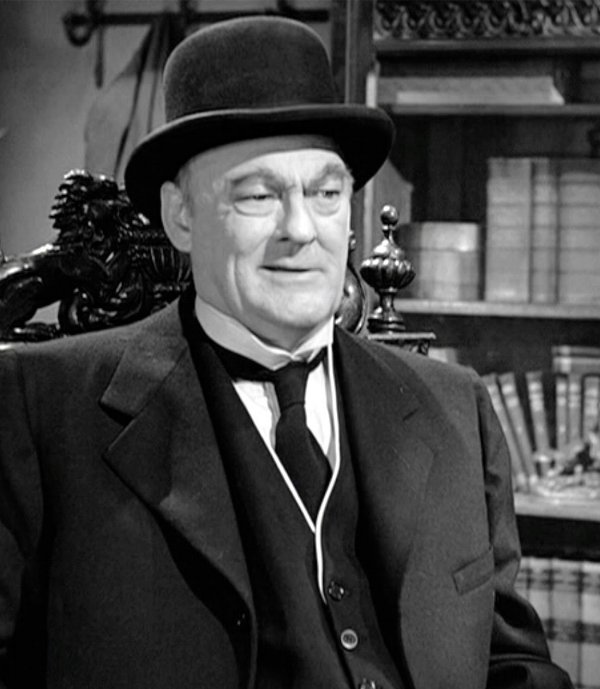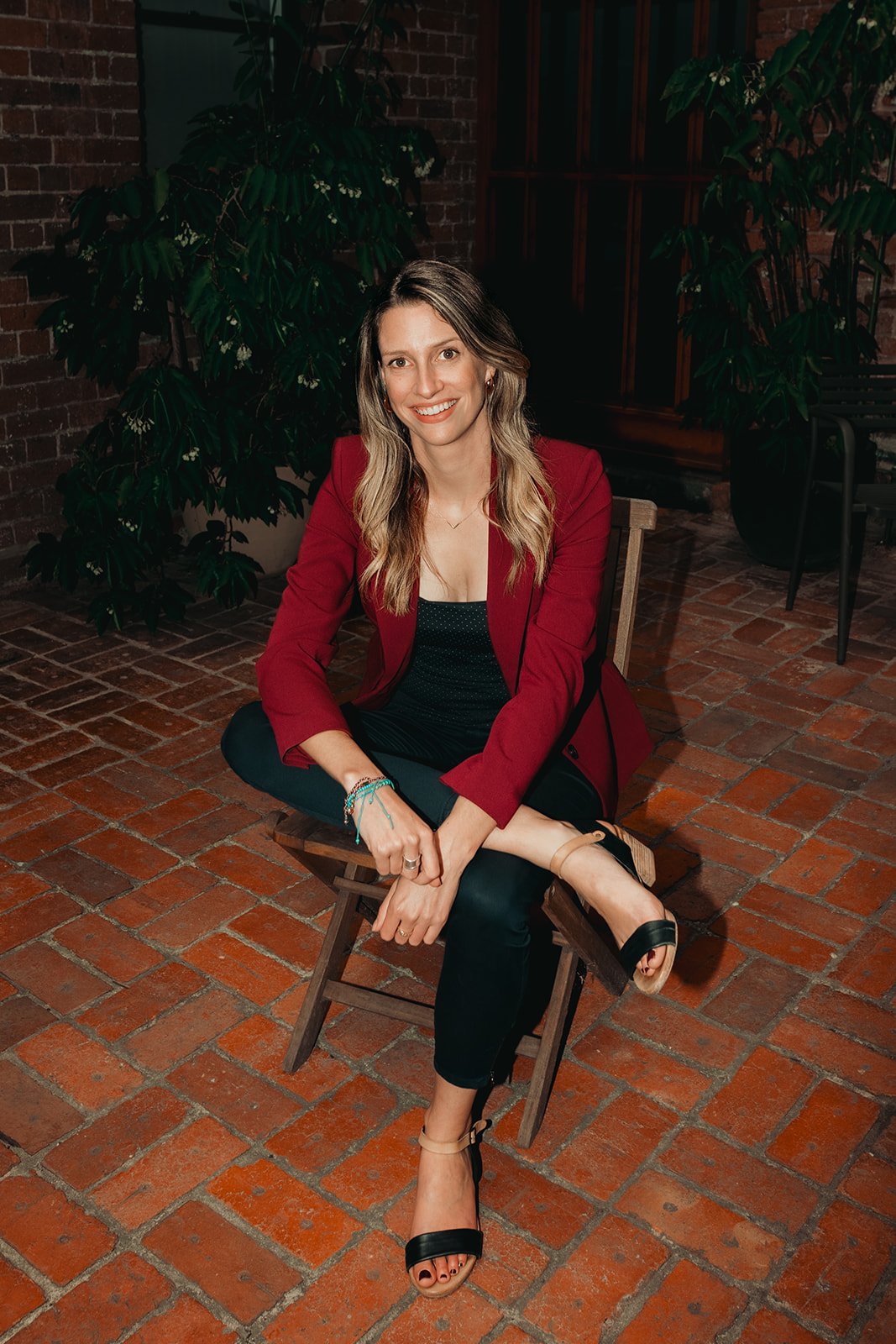Get In Touch
hello@untangld.co
Get In Touch
hello@untangld.co
Follow
|
LinkedIn

We use cookies to make sure you have the best experience on our website. Fear not, we don’t sell your data to third parties.

A familiar classic by Hans Christian Anderson called the ‘Princess and the Pea’ has been a particular favourite.
For those unfamiliar, the story goes along the lines of this: there once was a prince who travelled the world searching for a real princess, but he fell short and returned home. A storm came along and a woman claiming to be a princess stumbled upon his castle seeking shelter.
The prince’s mother (aka the queen), eager to test the veracity of the princess’s claim, decides to place a pea under her mattress and layers a bunch of other mattresses on top. The princess has a shitty night’s sleep due to there being a ‘rock’ under her back, therefore confirming she is indeed a princess (as princesses are fragile creatures…*rolls eyes *)

The moral of the story here is that small, even minuscule things can have a large impact. Take the context of digital transformation in business. Transformation programs using waterfall methodologies can appear vast, expansive and revolutionary with multiple horizons designed to offer much needed service and product delivery change. But many a time I have come across situations where trying to tackle too many changes to the customer experience at once can have a stifling effect. Why? Because it’s hard to isolate the impact when we have pushed too many levers.
The very principle of product design is to design, test and learn¹. We pivot incrementally (just like a netballer does gracefully on a court) and we do it again, and again, and again. The smaller the tweak, the easier to measure, and then the next step along the path becomes glaringly obvious.
Don’t underestimate:
While these product design features appear to be inconsequential, they can be the deciding factor causing your customer to bounce off your website and over to your competitor, or to tear their hair out and dislike you…a lot.
In short, don’t underestimate the impact of a pea5 under your mattress, as it may lead to you marrying a prince and living happily ever after. Or in the case of product design, gracefully pivoting like a netballer who knows exactly where she is going because she was able to isolate the impact of her changes made in her design sprint and improve the customer experience.









→ Edwina is a CX and digital transformation leader who thrives on empowering businesses to become more customer-centric in everything they do. Having worked as a CX leader, agile coach, researcher and practitioner of design thinking for almost 15 years in Australia, Edwina brings an open and collaborative leadership style coupled with a blended skillset to enable organisations and teams to deliver ambitious customer-centric change - inside and out.
